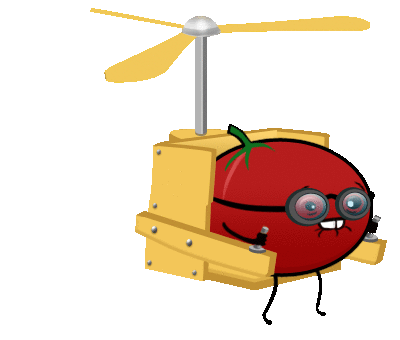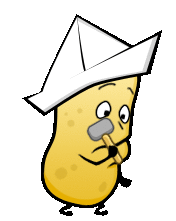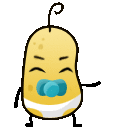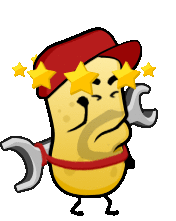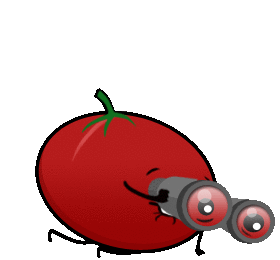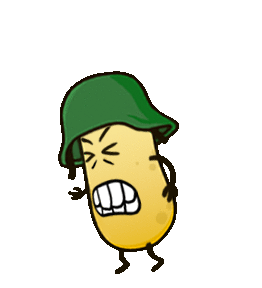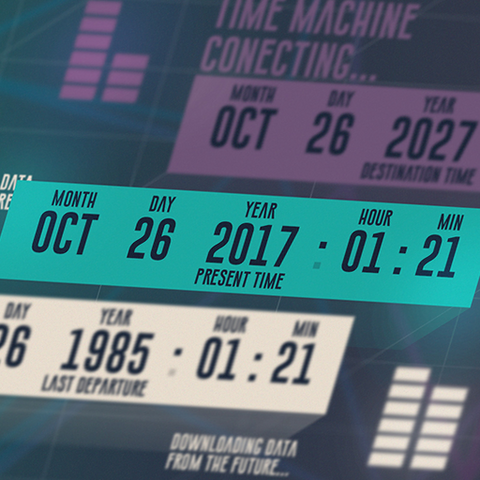
Matheus Knebel

About me
I craft elegant solutions for product's interaction design meeting business strategy with player's motivations.
A Sweden-based senior UX designer currently working on the biggest casual game of history, Candy Crush Saga. I have academical research background from Design Master's degree and work with user-centered design methodologies. In game industry since 2009. Also was teacher in Game Development courses.
In my free time I photograph wildlife and landscapes, read fiction and classic books, play ukulele, hike forests with my dog, cross countries with a bicycle I designed and built, and play my Nintendo Switch.
Selected Projects
My process
Defining opportunity space - ideating - prototyping - validating - iterating
My work is based on user-centered methodologies to ensure the player motivations and business goals meet each other across the game development phases.
Each project is different and adaptation is key, but my core discovery process usually follow these stages:
-
Defining the opportunity space starts by zooming out to observe the bigger picture, learning and defining the business goals, what is already in the market, empathising with the target audience and learning their motivations, then listing key open questions for all of these. Optimally a next step here is to run exploratory research to clear up enough of those questions. The outcome of this phase is team's alignment on the why, for who, and how we want players to behave, but what the product will be should still be open for the next steps.
-
Focusing on the defined opportunity space, during ideation I facilitate sessions that empower the team to collaborate with solutions. That brings a sense of ownership and care when later implementing the ideas, after all they didn't fall from the space. Those ideas often generate hypothesis - X will effect on Y and we will later measure it observing consequent player's behaviours and attitudes.
-
Prototyping I often collaborate with UI and other crafts to build something we can observe in the hands of players. If it's conceptual images, a Figma prototype or a game build all depends on the hypothesis we're validating and the available resources.
-
For validation I collaborate with UX Researchers or perform user tests myself. Approach naturally comes as consequence of the research questions. Bringing stakeholders to collaborate and agree from start on the high level research questions, in my experience, is key for later insights to be widely understood and cared for.
-
Iterations come as result of what we learned putting the given concept in the hands of the audience. Having a discovery process prior to production cycle thus is requirement for failing faster, reducing rework and saving on painkiller's expenses. As the iterative discovery cycles evolve so does the design which is refined until ready for implementation. How many cycles of course depends on the level of confidence with the quality achieved and our deadline friend.
Once moving from discovery it's time to polish documentation and assist the team reaffirming the design intentions, the whys, hows and whats, and building an enjoyable product. Until the next discovery begins.
quali
Oncece

